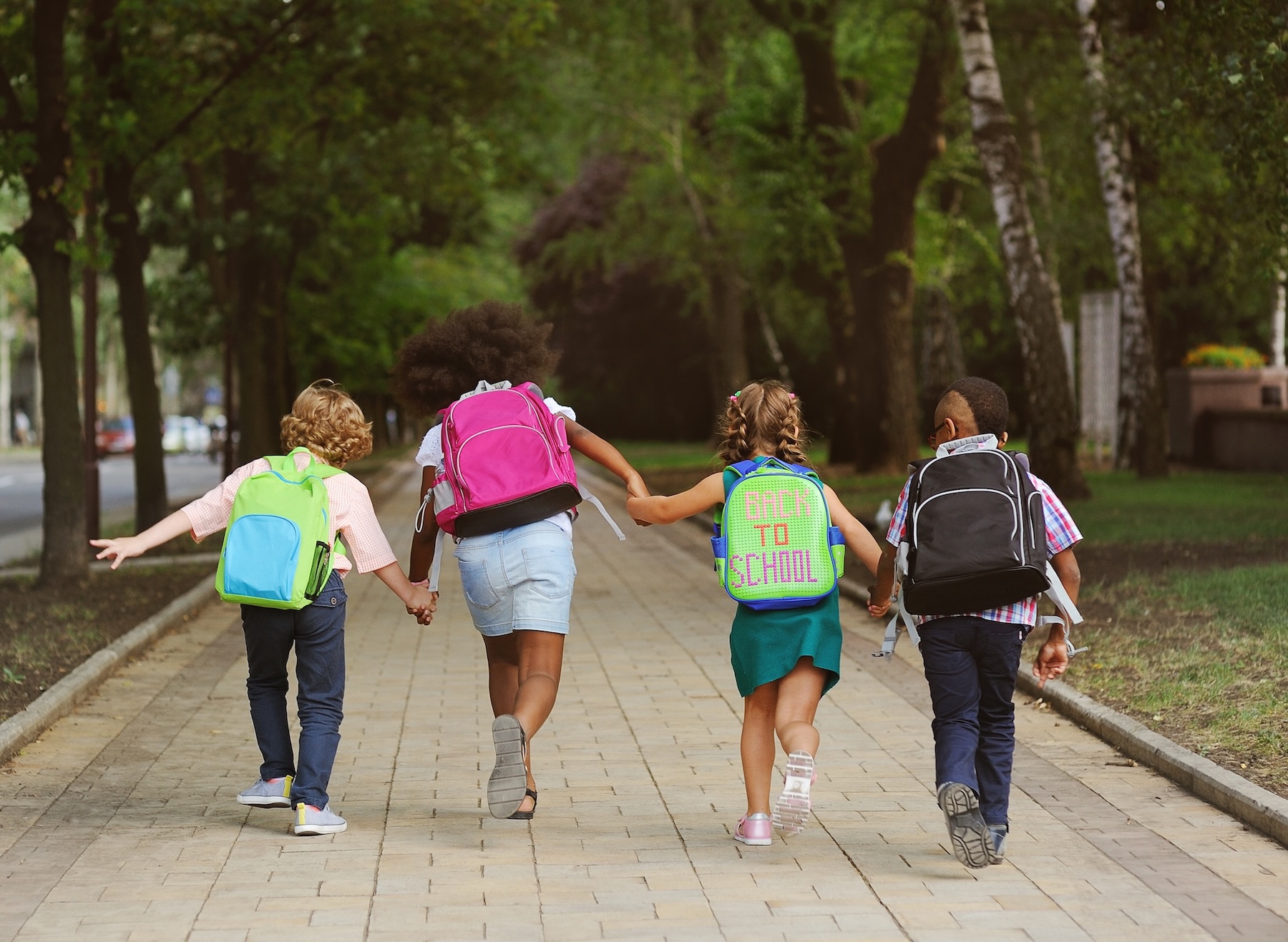Summer’s winding down, backpacks are making a comeback … and as the school year begins, so does a mix of emotions for students and families. While a lot of the focus is on academic readiness — school supplies, schedules, extracurricular activities — there’s something else that deserves extra attention: mental wellness.
Mental health matters every day of the year, but back-to-school season is critical for helping children and teens feel seen, supported and set up for success. Here are four powerful ways to make mental health part of your back-to-school plan.

Start with awareness
Mental health challenges among young people are more common than many realize. According to a NAMI study, one in six youth experiences a mental health disorder each year — but only about half get the help they need. Plus, half of all mental health conditions begin by age 14.
So, just like we often make sure kids have physical check-ups before school, it’s vital to check in with our kids’ mental health. Ask open-ended questions about how they’re feeling. Pay attention to sleep patterns, social withdrawal or changes in appetite. Those types of early, casual check-ins can help prevent bigger struggles later.
Make school a safe place
Students spend most of their waking hours at school, but fewer than half of teens say their school offers dedicated mental health programs, and only 56 percent feel their school communicates that mental health is important.
That disconnect matters. Teens are asking for more visibility, more conversation and more adults who are trained and willing to help. Are our schools meeting the challenge? When schools embrace mental health as a central part of student health — by integrating wellness practices into classrooms, offering training for teachers, and ensuring resources are accessible — they become part of the solution. Change may not happen overnight, but start now: ask for these supports in your local schools.
Help build coping tools
It’s no secret that students today are under a ton of pressure. From academics to social media to worries about the world around them, kids are stressed. In a national poll by NAMI and Ipsos, 64 percent of teens said today’s world is more stressful than it was for their parents’ generation. The good news? Most teens want help learning how to manage their stress. Two thirds believe schools should teach what mental health is and how to seek care.
It will take some time for systemic changes, but we can start these practices with the kids in our lives now. We can encourage short check-ins before school, mindfulness breaks, even permission to take a mental health day when needed. Check out NAMI’s “Week of Wellness” for more on building coping skills.
Grow communication with trusted adults
Connection is one of the most powerful factors for mental health — and it starts with conversation. While 65 percent of teens say they feel comfortable talking to someone close about mental health, less than half actually talk to their parents regularly about how they’re feeling. That number drops even further when it comes to teachers or school counselors.
But when teens do reach out, they trust the adults in their lives. In fact, 95 percent of teens say they trust their parents to provide helpful information about mental health, and nearly 80 percent trust teachers and school counselors. What they need is more space — and more prompts — to open up. Families can create weekly rituals at dinnertime or on the weekends to create space for conversation, and teachers can foster a classroom culture that encourages emotional check-ins.
Adults can’t fix everything for kids, and that’s not the goal. It’s to be there so kids know they’re not alone.

This school year…
Let’s make sure mental health is on the syllabus. For students to thrive, we need to make room for their full humanity. That means noticing when something’s off, normalizing conversations about stress and anxiety, and showing up with support instead of shame.
At NAMI Colorado Springs, we’re here to help. Our “What’s On Your Mind?” program helps kids learn about mental illness in a supportive school setting. We also encourage the use of text-based options for youth to reach out and find support. And there are a bunch of other resources for kids, teens, and young adults at nami.org/backtoschool.